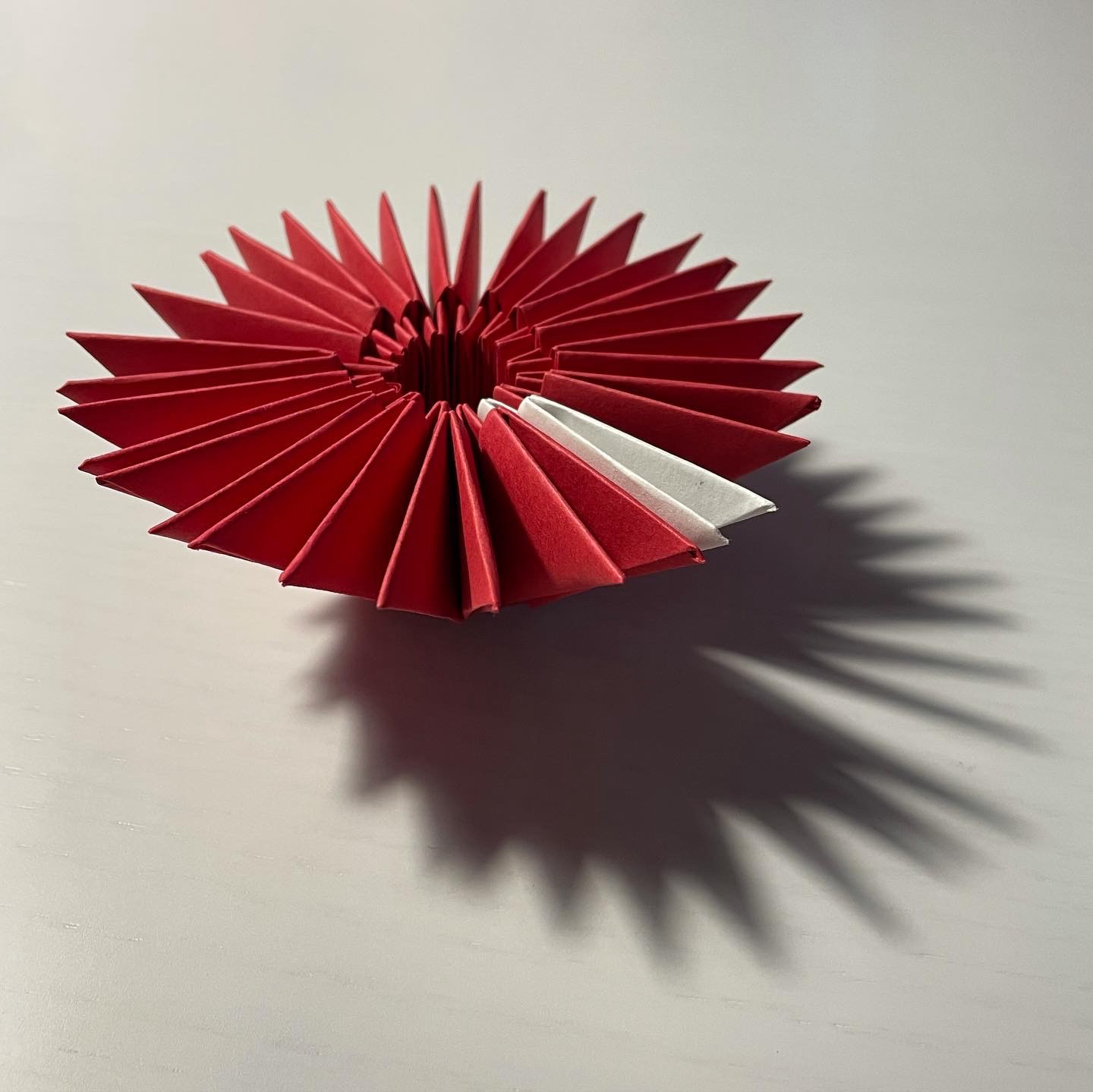This content originally appeared as part of The ‘Gale, Nightingale’s biweekly newsletter.
Currently a senior UX researcher at Detroit Labs and the managing editor of Nightingale, Mary Aviles has spent the past 20 years stewarding projects driving strategy and content, human experience, concept development, and systems change. Mary writes about dataviz in real life (IRL) in an effort to help practitioners and “non-data” people enjoy better understanding within their shared ecosystems.
1. All of your visualizations from now on have to follow the aesthetic of a certain decade (1930s, 1970s, etc.). What decade would you pick and why?
Though I am neither a designer nor a visualizer, I’m drawn to the 1920s and art deco inspiration. I tend toward curved and circular imagery. I’ve always found it a bit frustrating that so many frameworks rely on linear models, e.g., journey maps and quadrants, when so many human decisions and interactions are more meandering and circuitous. I love the font in this poster, for example:

2. Your mission, should you choose to accept it, is to make a chart expressing something about your life using only objects currently around you (computers and pen/paper not allowed). Look around you—what would you use to make your chart, and what data would it reflect?
My “chart” would be comprised of several small, modular corkboards with paper and pushpins arranged on them. I’m never far away from a pile of research reports, articles, books, and cutouts taped or pinned to my walls and the edges of my bookshelves.
3. What is one visualization that has inspired you?
I keep coming back to this work by Catherine Madden. I often feel conflicted by dataviz that I find beautiful, but that lacks clarity. Catherine’s illustrations serve to both centralize the human within the research AND tell a clear story…something for which all diligent researchers strive.

Claire Santoro is an information designer with a passion for energy and sustainability. For 10 years, Claire has worked with governmental agencies, non-profit organizations, and higher education to accelerate climate action by communicating complex information in an engaging, approachable way. Claire holds an M.S. in environmental science from the University of Michigan.










